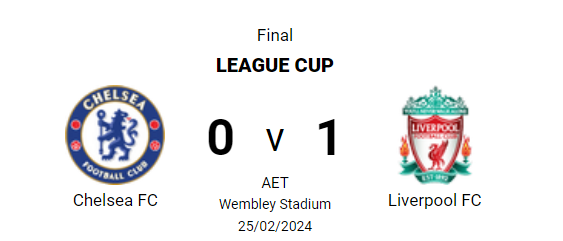The Ozone Mystery: From Antarctica to Global Action
A Chilling Discovery in Antarctica
In October 1982, amidst the icy winds of Antarctica, scientist Joseph Farman stumbled upon a revelation that would shake the world. His measurements indicated a staggering 40% decrease in ozone levels, sparking disbelief and concern. This article delves into the journey from Farman's perplexing discovery to global awareness and action against the looming threat to our protective ozone layer.
The Birth of the Ozone Layer: Earth's Guardian Shield
1. The Genesis of Ozone
Ozone, a gas with the chemical formula O3, plays a crucial role in Earth's atmosphere. Formed 600 million years ago, the ozone layer, located 15-35 km above the Earth's surface, shields us from harmful ultraviolet (UV) radiation.
2. The Ozone Creation Dance: Chapman Cycle
The ozone layer's formation involves a fascinating dance called the Chapman cycle, where oxygen molecules react to sunlight, creating and replenishing ozone. This process, known as photodissociation or photolysis, was first explained by scientist Sydney Chapman in 1929.
Understanding the Ozone Layer's Vital Role
1. Ozone's Shielding Power
Ozone's primary function is to block harmful UV radiation from reaching the Earth's surface. It prevents sunburns, strengthens our immune system, and safeguards against conditions like cataracts and skin cancer.
2. Sunscreens and Ozone: A Protective Duo
While ozone shields us from UV radiation, sunscreens protect against UV-A and UV-B rays that manage to penetrate the ozone layer. Data science plays a pivotal role in formulating effective sunscreens by analyzing UV radiation data.
Unveiling Ozone Depletion: A Shocking Reality
1. The Ominous Emergence of the Ozone Hole
In 1982, Farman's readings unveiled an expanding ozone hole over Antarctica. Contrary to predictions, the ozone layer was depleting rapidly. NASA's satellite data from 1979 to 1984 revealed a startling progression from normalcy to a visible hole.
2. Identifying the Culprit: CFCs' Silent Attack
Ozone depletion resulted from human emissions of Chlorofluorocarbons (CFCs). These chemicals, released from everyday products, initiated a chain reaction, threatening life on Earth.
Historical Milestones in Ozone Conservation
1. Christian Schönbein's Ozone Discovery
In 1839, Schönbein's experiments led to the discovery of ozone, highlighting its unique smell and toxic nature. Subsequent research unveiled its role in protecting life from harmful radiation.
2. Dobson's Contribution: Measuring Ozone Thickness
The Dobson Spectrophotometer, developed in 1921, became the standard tool for measuring ozone concentration. Ozone thickness, measured in Dobson units, revealed the extent of the ozone layer.
The Ozone Crisis: Urgent Global Response
1. Scientific Warnings and Public Skepticism
In 1974, a controversial scientific paper warned of ozone depletion due to CFCs. Despite skepticism, subsequent evidence forced the world to confront the impending crisis.
2. Joseph Farman's Alarming Revelation
Farman's annual measurements in Antarctica in 1982, 1983, and 1984 consistently revealed an expanding ozone hole. NASA's verification marked the onset of global awareness.
Global Unity: The Montreal Protocol
1. Montreal Protocol: A Turning Point
In 1987, the Montreal Protocol emerged as the first-ever global treaty to phase out CFCs. Ratified by 198 countries, it showcased unprecedented international collaboration against a common environmental threat.
2. Subsequent Action: HFCs and Climate Change
Subsequent to the protocol, the world witnessed a decline in CFC usage. By 2014, global consumption had dropped significantly. In 2016, Hydrofluorocarbons (HFCs) were targeted, indicating the broader impact on climate change.
The Road to Recovery: Healing the Ozone Layer
1. Immediate Effects and Future Projections
Although the ozone hole continued to grow into the 2000s due to past emissions, the Montreal Protocol's impact became evident. By 2040, projections indicate a return to 1980 ozone levels, signifying a remarkable recovery.
2. Global Collaboration: A Lesson for Climate Change
The success of the Montreal Protocol highlights the power of global unity in addressing environmental challenges. As the world faces the menace of climate change, the ozone layer's recovery offers a valuable lesson for concerted action.
A Triumph Over Environmental Crisis
In conclusion, the journey from Farman's perplexity to global action reflects humanity's ability to tackle environmental crises collectively. The ozone layer's depletion, once an imminent threat, now stands as a testament to the impact of unified efforts. As we face the challenges of climate change, the ozone story serves as a beacon of hope and a call to action.










